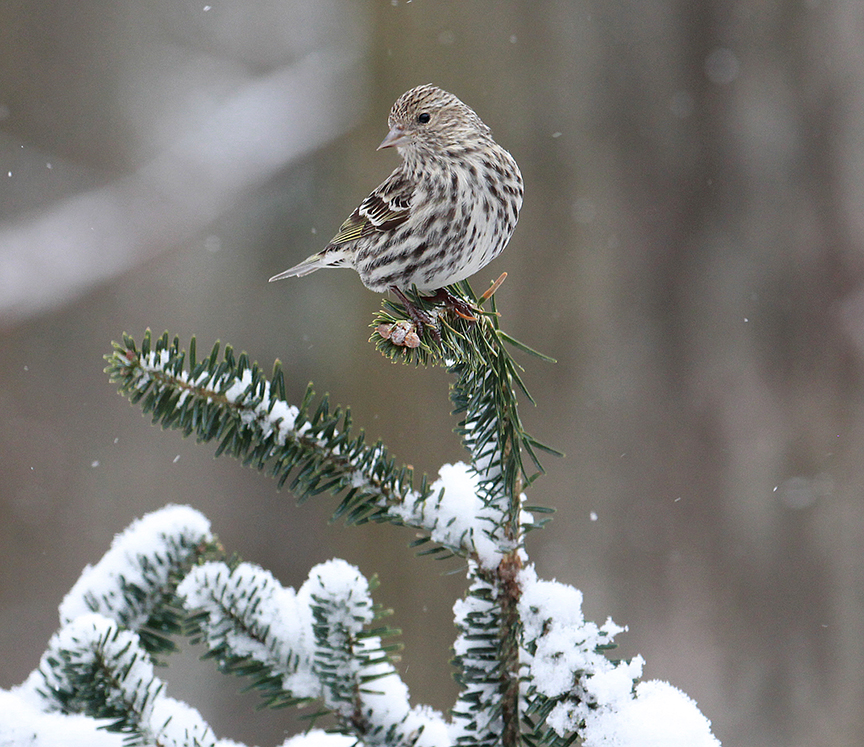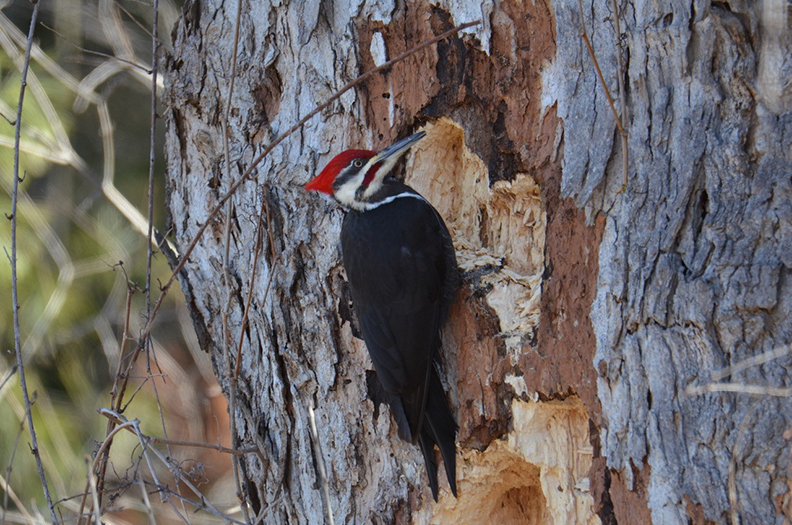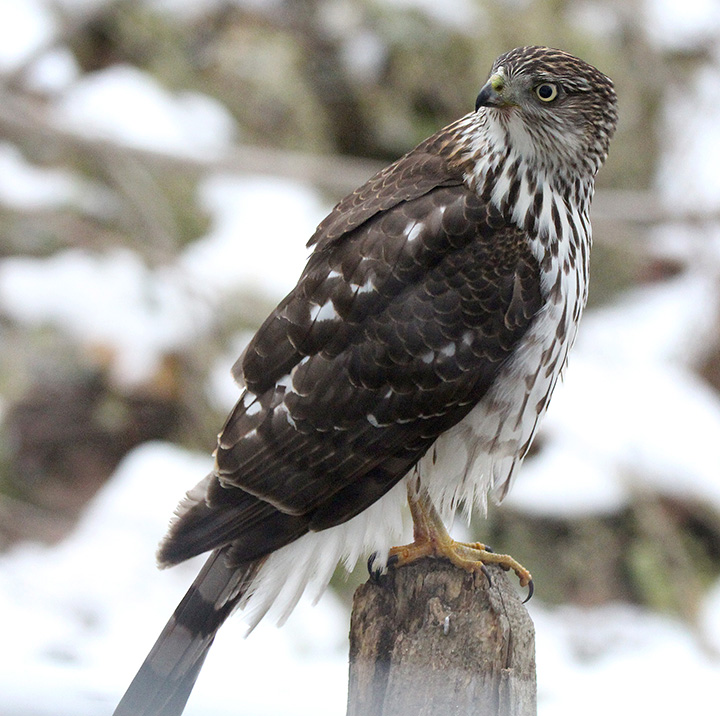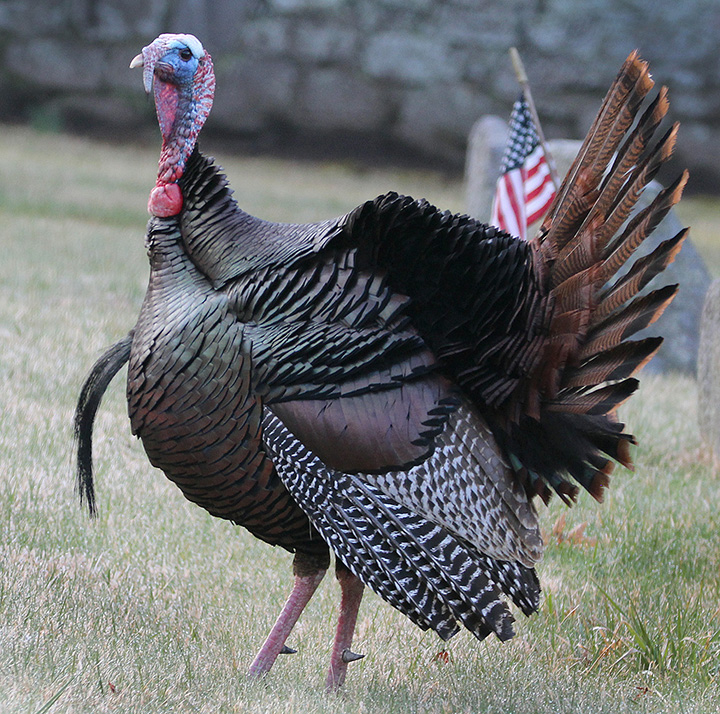The 2020-21 Winter Finch Forecast

PHOTO: A pine siskin perches on an evergreen in New England during a recent winter. (Chris Bosak Photo)

by Chris Bosak
Weirs Times Columnist
The 2020-21 Winter Finch Forecast is out and it looks like it could be an exciting next several months in New England.
This is the first forecast by Tyler Hoar. Ron Pittaway did the forecast for several decades before passing the torch to Hoar this year. The Winter Finch Forecast is a prediction of what finch (and other) species may irrupt into New England and parts south and west. An irruption is when northern birds move to or through an area in abnormally high numbers. For example, many years we get very few or even no pine siskins. Other years we get so many we can’t fill the feeders fast enough. Irruptions occur mainly due to food availability, or lack thereof. If it is a bad crop year up north for a certain type of food, such as pine cone seeds, irruptions may occur as birds move in search of food sources. According to Hoar, this shaping up to be a good year for purple finches and evening grosbeaks. It is also a year when red-breasted nuthatches are moving south in high numbers. Perhaps you’ve seen more of these small, charismatic birds than usual in your yard this fall already. I hadn’t seen or heard a red-breasted nuthatch in my yard for about four years. This fall, I’ve had three already. I’ve seen only one, and heard the other two. Red-breasted nuthatches have higher-pitched songs and calls than their cousins, the white-breasted nuthatch. It’s an unmistakable difference once you learn it. Red-breasted nuthatches are the more common nuthatch throughout much of New England, particularly up north. In southern New England, irruption years of red-breasted nuthatches are a special treat as they are not resident birds.
The Winter Finch Forecast covers finches such as redpolls, crossbills, and siskins, as well as a few small birds that aren’t finches. Irruptions are not limited to these small birds, of course. Who can forget the winter of 2013-14 when snowy owls were all the rage and showed up in places they’d never been seen before?
To see the full forecast, enter “2020-21 Winter Finch Forecast” into a web search and have at it. Are we likely to see common redpolls this winter? I’ll leave that research up to you. I’m always looking forward with excitement regardless of the season, but the Winter Finch Forecast offers that much more incentive to cheer on winter and the colder months. Winter is not so bad after all.
Chris Bosak may be reached at chrisbosak26@gmail.com or through his website www.birdsofnewengland.com



